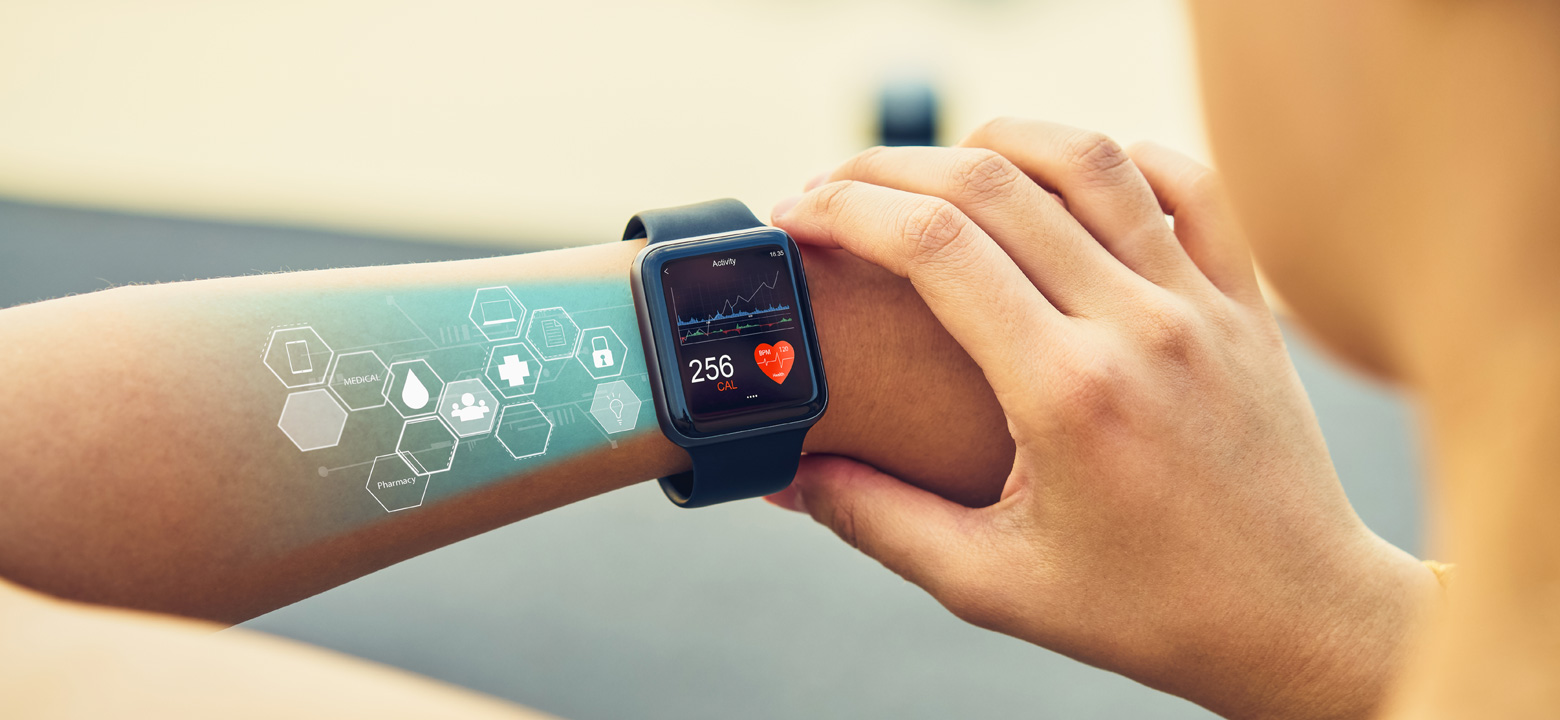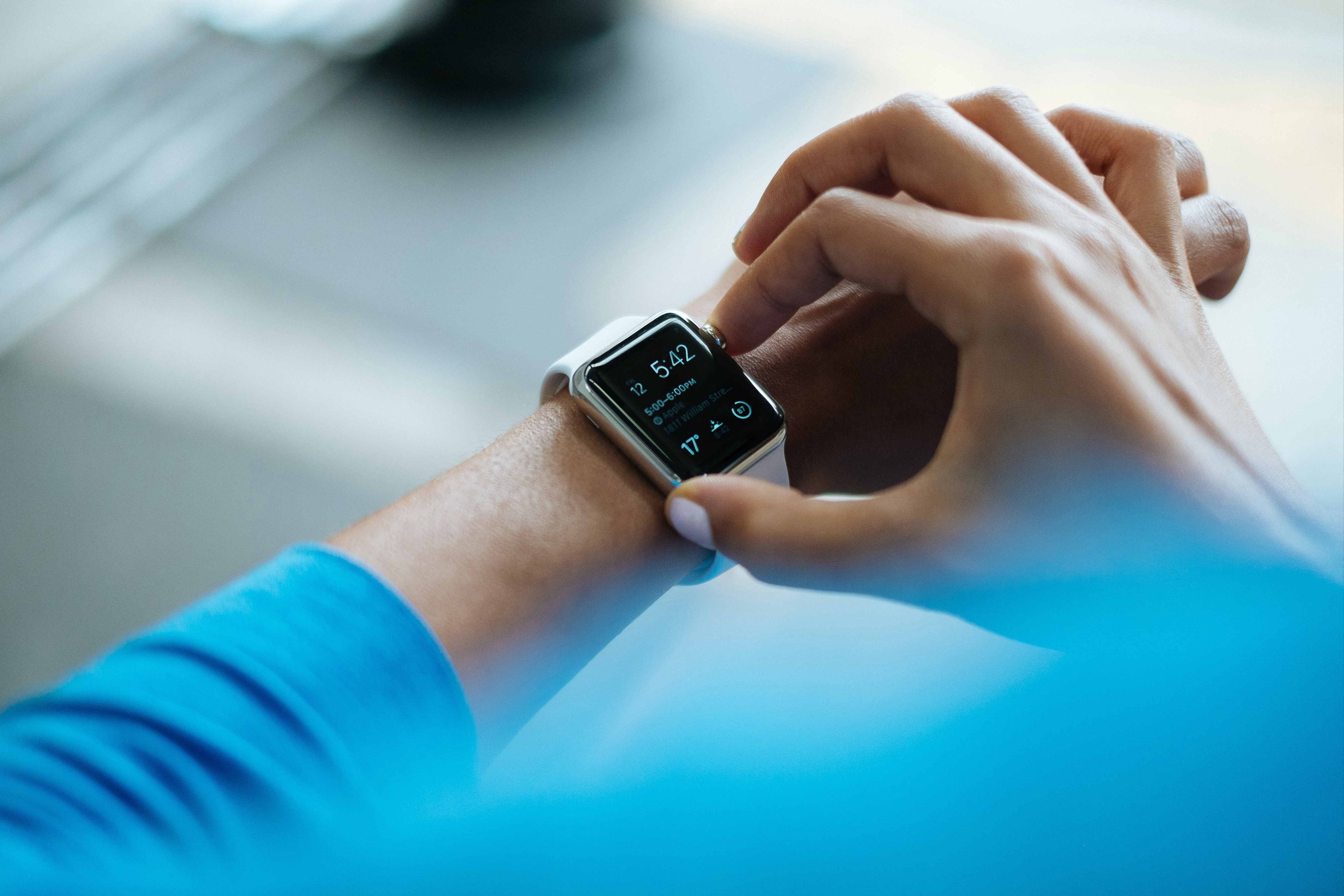Wearable Medical Devices: The Future of Personalized Healthcare

Health technology is advancing at a rapid pace, and wearable medical devices are becoming increasingly more popular. These devices are worn by individuals to monitor and track various aspects of their health, including heart rate, activity level, and blood pressure. The future of wearable medical devices is bright, and it is predicted to revolutionize the way we approach healthcare.
Wearable Medical Device Market is Booming
The wearable medical device market is booming, with a predicted global market size of $62.82 billion by 2025. Developers are creating wearable devices that monitor a wide range of variables, including blood glucose levels, sleep patterns, and even fall detection. As the population continues to age, there will be an increased demand for wearable devices that monitor chronic conditions and improve overall well-being.

Different Types of Wearable Medical Devices
There are a variety of wearable medical devices available on the market today. Some track overall health while others are more specialized. One popular device is the Fitbit, which tracks steps taken, calories burned, and heart rate. Another is the Apple Watch, which can monitor heart rate, noise levels, and even electrocardiograms (ECGs).
There are also several devices available for individuals with chronic conditions. The Medtronic insulin pump is an implantable device that delivers insulin to individuals with type 1 diabetes. The Dexcom Continuous Glucose Monitoring (CGM) system is a wearable device that allows individuals with diabetes to track their blood glucose levels constantly.

Benefits of Wearable Medical Devices
Wearable medical devices offer several benefits over traditional methods of monitoring health. First, they allow for constant monitoring, meaning that individuals can track their health data in real-time. This can help identify potential health concerns before they become more severe. Wearable devices can also provide feedback to individuals about their health, encouraging them to make positive lifestyle changes.
Wearable devices also offer a level of convenience that traditional monitoring methods cannot. Devices like the Apple Watch can track health data seamlessly without the need to visit a medical professional. This means that individuals can take charge of their health from the comfort of their own home, reducing the need for doctor’s visits and allowing for more informed decisions about their health.

Potential Drawbacks of Wearable Medical Devices
Despite their many benefits, wearable medical devices do have some potential drawbacks. These devices are not always accurate, and the data they provide can sometimes be misleading. This can lead to unnecessary anxiety for individuals who rely on them to monitor their health. Additionally, wearable devices are not always covered by insurance, making them inaccessible for some individuals.
Wearable devices also raise concerns about privacy and data security. The data generated by these devices is often stored on servers that can be accessed by third parties. This information could be used to discriminate against individuals based on their health status or be sold to companies for marketing purposes.
Conclusion
Wearable medical devices are rapidly becoming a popular method for individuals to track and monitor their health. They offer several benefits over traditional monitoring methods, including real-time feedback, convenience, and constant monitoring. However, they also have potential drawbacks, including accuracy concerns and issues with privacy and data security. As technology continues to advance, it is likely that wearable devices will become an even more important tool for individuals to take control of their health.

Source image : www.towerfast.com

Source image : www.pinterest.jp

Source image : www.medgadget.com

Source image : www.medgadget.com

Source image : www.mishcon.com




